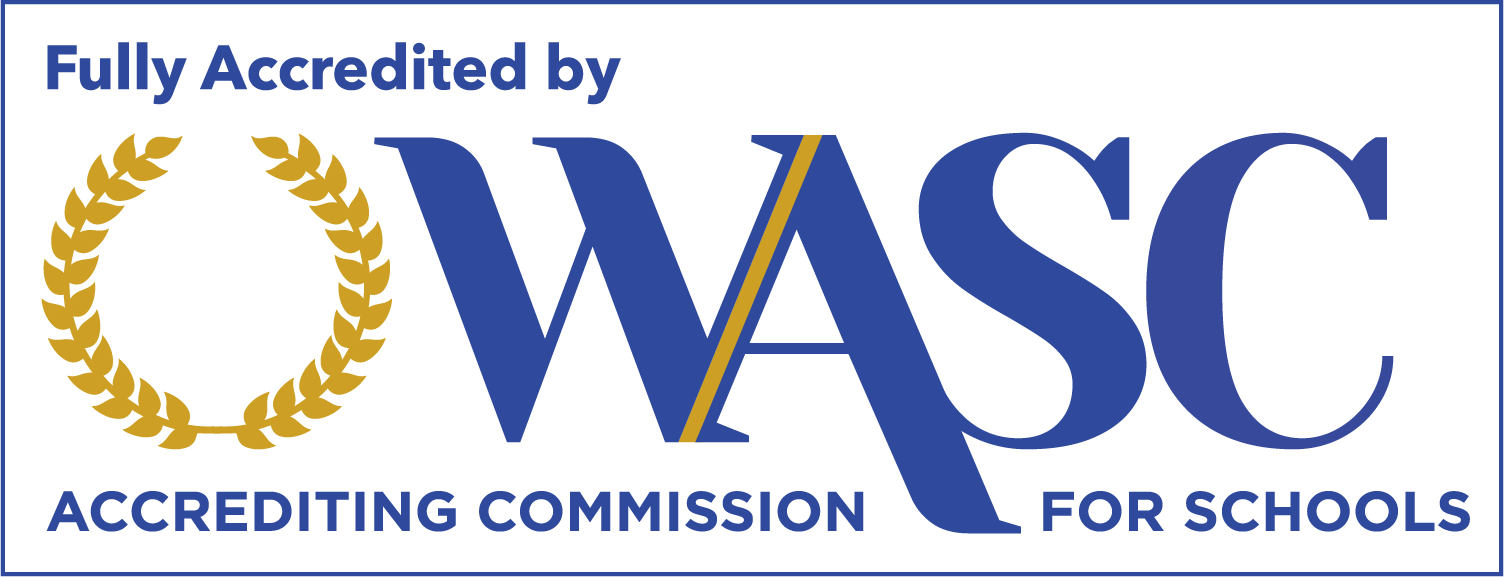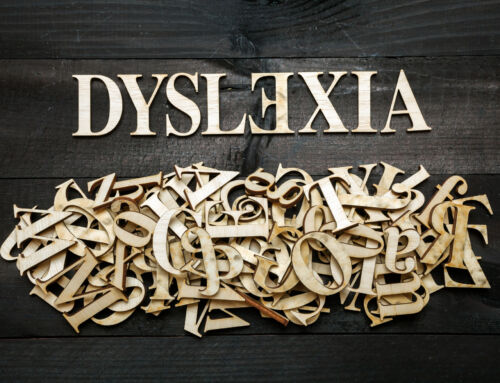Understanding Dyslexic Children: Symptoms, Diagnosis, Support
Did you know that dyslexia is the most common learning disability affecting school-aged children? In fact, up to 85% of children in special education have dyslexia. Additionally, there is a strong genetic component for dyslexic individuals. If both children’s parents have dyslexia, then they are 100% likely to have dyslexia as well. The severity of dyslexia depends on the genes that are passed down.
Are you wondering if your child has dyslexia? Keep reading to learn more about dyslexia in children and how you can help.
Dyslexic Children
Dyslexia is fairly common in the population – some estimates put it at 20% of the population . One of the more common things that people think about with dyslexia and children is how they reverse letters when they are reading. However, dyslexic children do not “see” letters backward. In fact, they do not see letters any different than non-dyslexic individuals. In addition to reading difficulties, some children also have behavioral issues and difficulty concentrating.
So what is dyslexia exactly?
Dyslexia is a neurological disorder in which the brain has difficulty processing information for effective reading and writing. The brain simply doesn’t process sounds adequately, however, dyslexia isn’t a hearing problem either. Basically, it means that the brain does not process the sounds of our language due to an inefficient retrieval system within the brain.
One thing important to remember is that dyslexia is not indicative of intelligence. Dyslexic children are often very intelligent, out-of-the-box, creative thinkers who struggle to share their knowledge through print.
How do you test a child for dyslexia?
Diagnosis is sometimes tricky, and recognition is the first sign. If you suspect your child has dyslexia, then it is important to seek an evaluation of your child in order to implement effective remediation for their reading and writing difficulties. Evaluation guidelines are outlined by the International Dyslexia Association.
Some of the evaluation strategies are:
- Personal and family history
- Educational opportunity
- Educational tests
- Psychological tests
- Mental health assessments
- Other academic tests
These tests and measures are important because sometimes other diagnoses can mask dyslexia. Some examples of this include anxiety, depression, ADD/ADHD, or visual or auditory processing deficits.
Causes
What causes dyslexia in children?
Dyslexia is an inherited condition and therefore, difficulty with reading, writing, spelling, etc… will show up in the family tree.
In order to determine if dyslexia is present, other conditions must be ruled out. These include premature weight as an infant, neurological developmental delays, intellectual disabilities, injury to the brain, or even harmful chemicals in alcohol and drugs during pregnancy.
Symptoms
Sometimes, symptoms go unnoticed for years. This is how some adults are diagnosed with dyslexia later on in life. However, parents can watch for specific characteristics of dyslexia.
Some symptoms develop fairly early in childhood, in fact, dyslexia is diagnosable as young as 4 years old. For this reason, there are two categories for assessing your child for risks of dyslexia.
Before school age, a child may exhibit things such as taking a long time before speaking. They can also show difficulty learning words, confusing words, difficulty remembering colors or names, difficulty learning the alphabet, and struggling with rhyming games.
Once a child starts grade school, the signs shift. These signs include a lower reading grade level, problems understanding words, difficulty with sequencing, struggling with pronunciation, and problems spelling.
The signs in grade school are a bit more obvious to parents than before that age. However, getting help for your child as soon as possible is important.
If your child is having difficulty in kindergarten or first grade with reading, then it might be time to talk to your doctor or the school professional. During this stage, children should start learning the basic concepts of reading. However, be aware that often, a school will suggest that the struggle is “age-appropriate”. Trust your instincts! Dyslexia is not developmental and the sooner you get appropriate help, the sooner your child will close the gap on their reading and spelling difficulties.
Undiagnosed Risks
If a child goes undiagnosed and has dyslexia, there are risks for further issues down the road. Reading and writing contribute to academic success in school. Struggling to read or write will impact a child’s learning overall and will result in them falling behind their peers. Additionally, this could lead to a higher likelihood of low self-esteem or other mental health illnesses.
In adulthood, insufficient reading and writing skills can lead to problems with work and other activities. It could also impede career development or additional post-secondary educational opportunities.
Dysgraphia
In conjunction with dyslexia, other learning disabilities are closely linked. One of these learning disorders is dysgraphia. This is related to writing, fine motor skills, and written expression.
How do you tell if your child has dysgraphia?
The obvious signs of dysgraphia include distorted or extremely difficult to read handwriting. Your child may also take a longer time to write things down and switch between cursive and print.
Other signs are poor spacing, poor spelling, unusual positioning of the paper or the child’s hand when writing, or an awkward pencil grip.
In addition to the above, usually, a child with dysgraphia is extremely expressive when speaking but writes minimally. Oral expression is a strength but written expression lags.
A psychologist or dyslexia specialist will assess a variety of these things when making a diagnosis.
Treatments
For dyslexia, in addition to explicit, sequential reading instruction, multi-sensory techniques are useful for reading and spelling skill acquisition. For instance, students can write in sand, dirt, or shaving cream. They could also have objects to trace letters.
Other sensory tools are auditory – you can sing a song or have the child create a picture of the word. When finding a technique that works, make sure you stick with it for the best results.
Some teachers are transitioning to audiobooks or other alternative learning approaches. Another tool is reducing the amount of rote memorizing and instead, provide tools that the child finds the answer on. For instance, you can have a mathematics table that the child uses for answering problems.
Dyslexic children benefit from more time to complete assignments or to have reduced assignments. But, you should also consider enrolling your child in tutoring programs
These programs are useful in providing 1:1 interventions during after-school hours. If your child is homeschooled, these programs are also helpful in offering an additional learning environment.
It is extremely important to find the right kind of tutoring for your dyslexic/dysgraphic child. These programs are specific to dyslexia and other learning disorders and are not for homework. They are for remediation.
Learning and Dyslexia
Dyslexic children have more opportunities now than ever before to bridge learning gaps. There are many tools and strategies to support your child’s learning.
If you are in the Sacramento area, consider enrolling your child in an alternative learning environment. This way, your child receives qualified, n-depth support for their learning needs specific to dyslexia.
Contact us today for more information on how to give your child the best opportunity to succeed in school.




